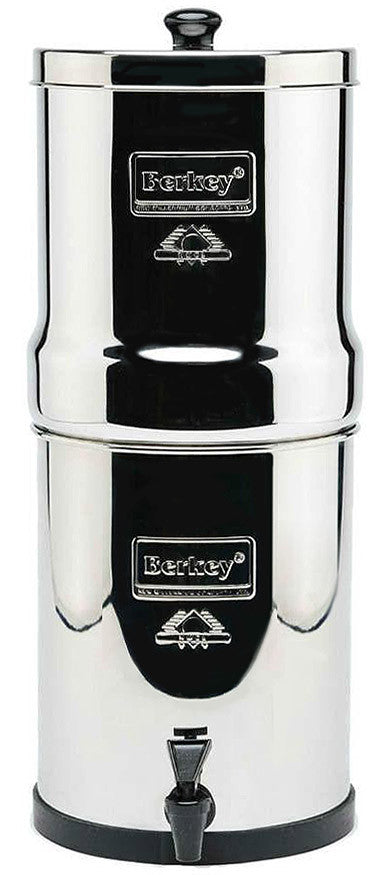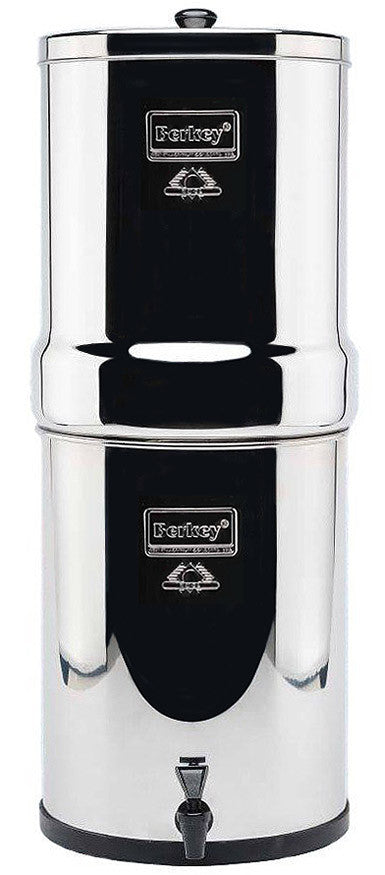
Turbidity in water is mainly caused by human activities in certain industries, such as mining and agriculture, which move particles into the water and mix them with water.
Those can be mud, sand, or other waste materials in the changing environment.
However, a certain particle is a natural flora of water, especially seen in seawater and oceans, and can be found in freshwater. This particle is known as phytoplankton.
Phytoplankton is a type of tiny plant that drifts or floats through different bodies of water. This plankton is so small that it can only be seen using a microscope.
Phytoplankton varies in shape and size, and the most common phytoplankton is called a Diatom. There are other phytoplanktons as well, including dinoflagellates and cyanobacteria. Also, other algae are present in the water, which can affect our health if left untreated.
Nowadays, water isn't safe to drink. Although the water sanitation system has treated and chlorinated it, turbidity in drinking water is still caused by particles seeping through the soil and into the system.
Most of the time, broken water lines or rusted water pipes can cause turbidity in drinking water, which can thus affect our health and our family.
How is Turbidity Measured and What is the Ideal Turbidity in Drinking Water

Since phytoplankton was first discovered in the 1950s, the field has sparked debates about how it affects the environment. One debate concluded that its appearance responds to ocean changes or warming.
The International Organization for Standardization (ISO) measures water quality using Formazin Nephelometric Units (FNU).
Since the discovery of phytoplankton, many ways have been found to measure turbidity in drinking water. One such method is Arduino, which uses a microcontroller and inexpensive LEDs.
In the 1950s, the Jackson Candle Method, which used a candle flame to view through water, was measured using the JTU (Jackson Turbidity Unit).
A nephelometer, which uses a light beam, measures turbidity in drinking water. The ISO uses the Nephelometric Turbidity Unit to measure turbidity.
Since the first appearance of phytoplankton, an organization named Secchi developed a method to measure water turbidity; thus, the Secchi Disk was invented.
A Secchi Disk is a black-and-white disk used to measure the transparency of large bodies of water. It is lowered into the water until it can no longer be seen, and the depth, known as the Secchi depth, is used to determine water transparency.
According to the World Health Organization, the turbidity of drinking water that is safe to consume should not exceed 5 Nephelometric Turbidity Units, and the potable and safe turbidity in drinking water should be below 1 Nephelometric Turbidity Unit.
How is Turbidity in Drinking Water Treated

Since the appearance of phytoplankton in water in the '50s, non-governmental organizations such as the World Health Organization have been developing ways to treat drinking water turbidity to make it safe and potable for the community.
One way to treat turbidity in drinking water is to use reagents. The reagents used are Gypsum, Aluminum Sulfate (Alum), Poly-aluminum Chloride, Ferric Chloride, and others.
Scientists use reagents to test and remove turbidity in drinking water and to ensure that the dosing process — from reagents to water and vice versa — is considered, as some reagents, such as alum, alter the acidity or alkalinity of water.
One of the reagents used is Aluminum Sulfate or Alum. It is used as a coagulating agent to remove turbidity from drinking water.
When mixed with water, Aluminum Sulfate causes debris to thicken and clump together into large enough particles to be filtered out.
Aluminum sulfate is mostly used in wastewater treatment systems and the manufacture of paper. Poly-aluminum chloride is used the same way as aluminum sulfate.
The only difference is that Poly-aluminum Chloride has lower alkalinity than Aluminum Sulfate.
Polyaluminum chloride is also used as a coagulant to remove particles from drinking water and is commonly used in wastewater treatment systems.
This flocculation settles at the bottom of the water or is then filtered out. When dissolved in water, Ferric or Iron Chloride changes the water's pH and releases heat with that reaction.
When mixed, the reaction yields a brown, corrosive solution containing microorganisms attached to the suspended solids. These solids act as a shield for the microorganisms found in water and can also protect them from Ultraviolet sterilization of the turbidity in drinking water.
Gypsum also aids in filtering the turbidity in drinking water, especially removing contaminants such as lead and arsenic found in drinking water, which can greatly affect our mental health and our families.
← Older Post Newer Post →





